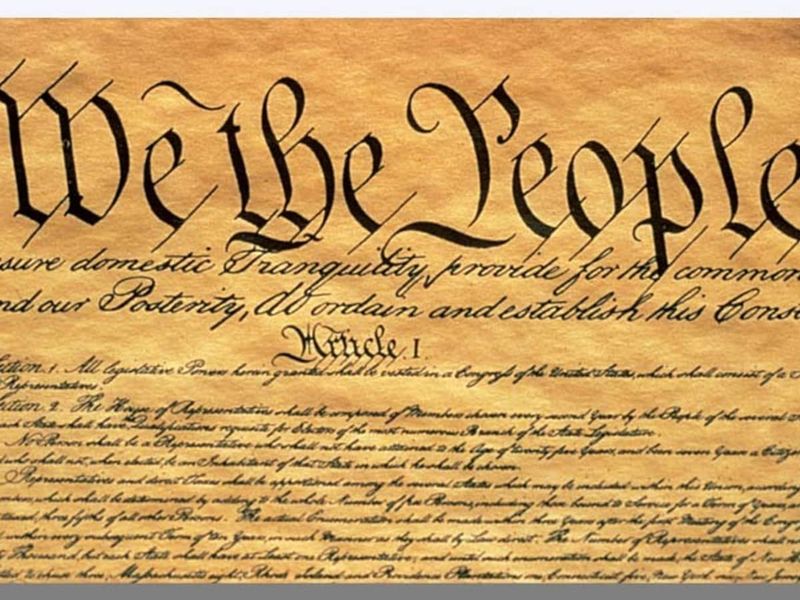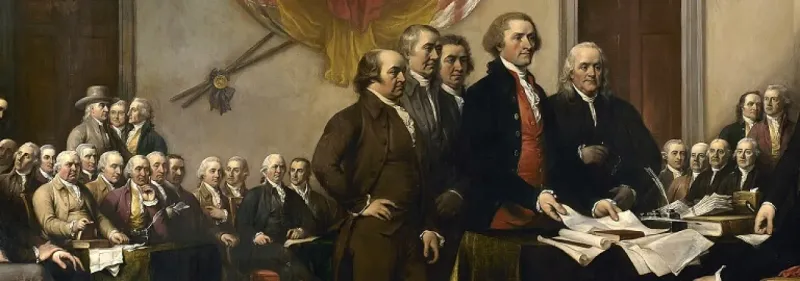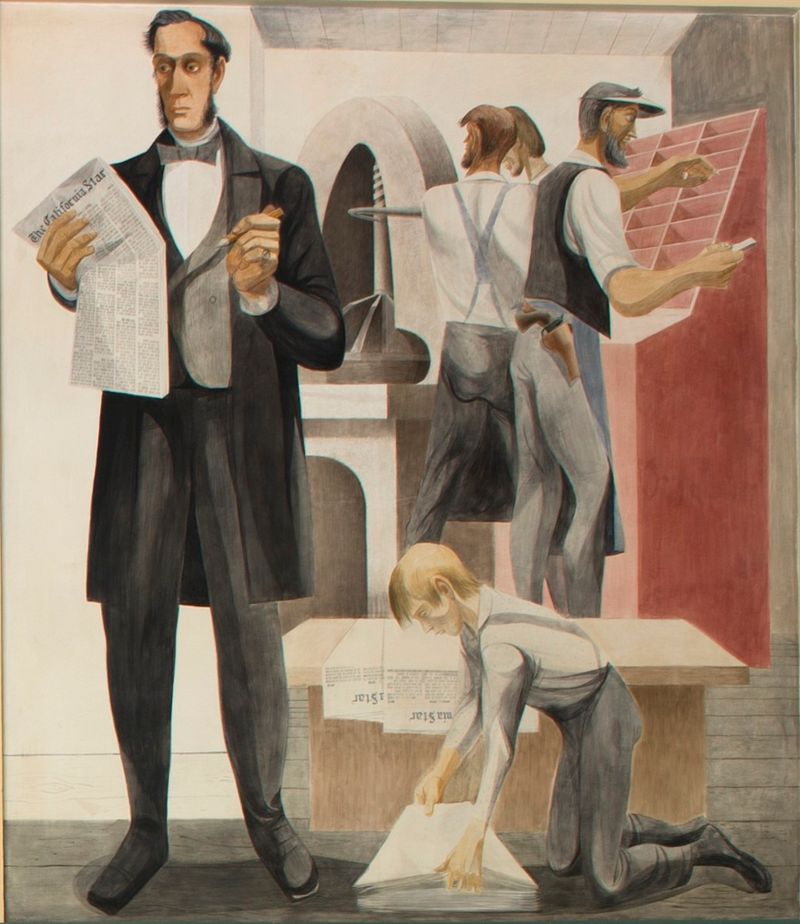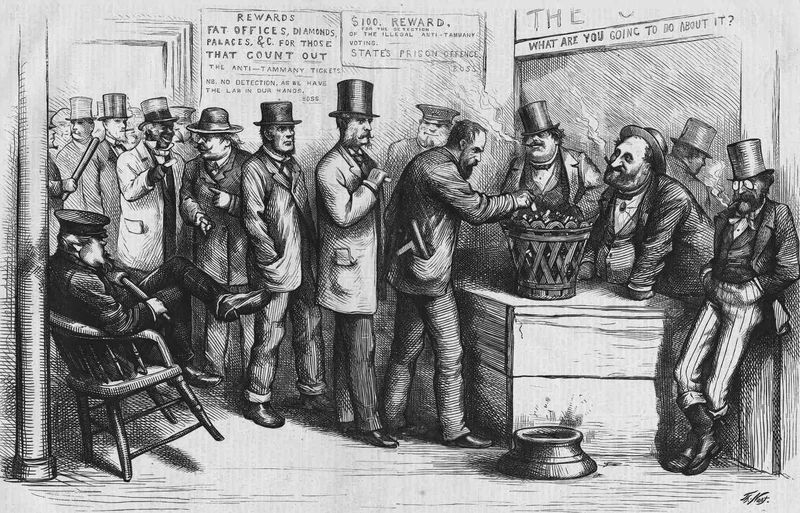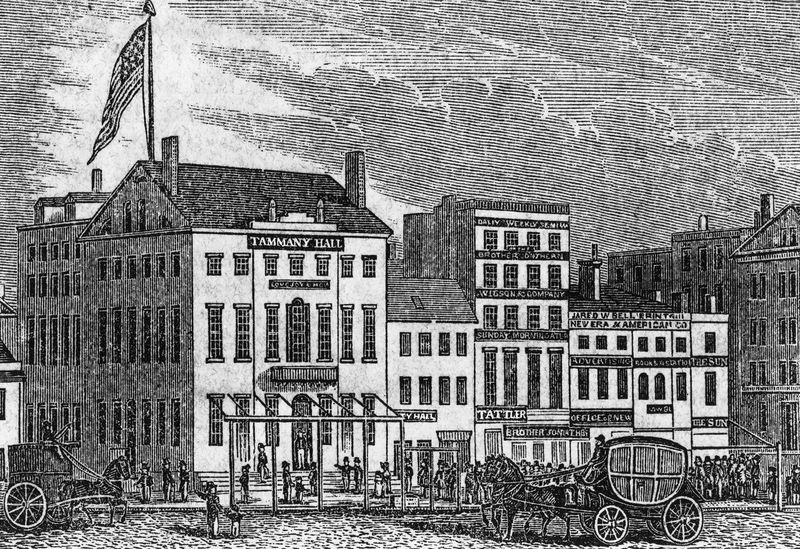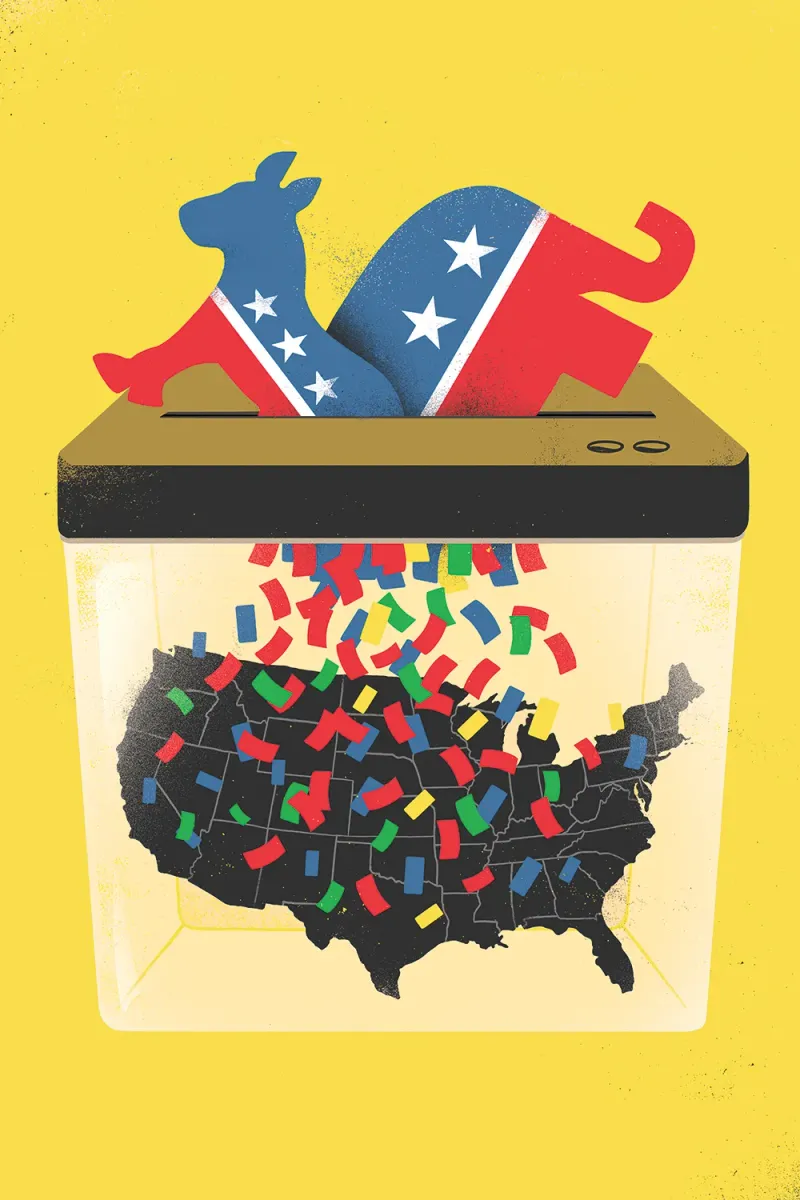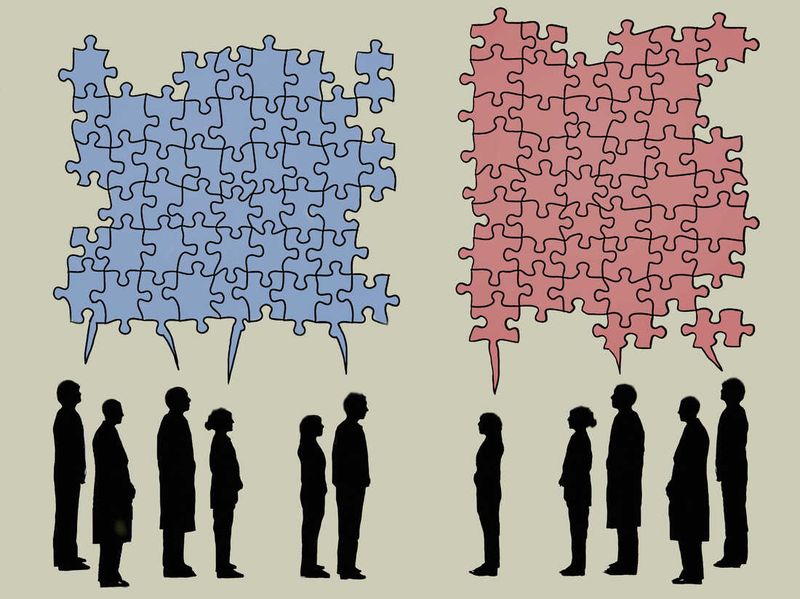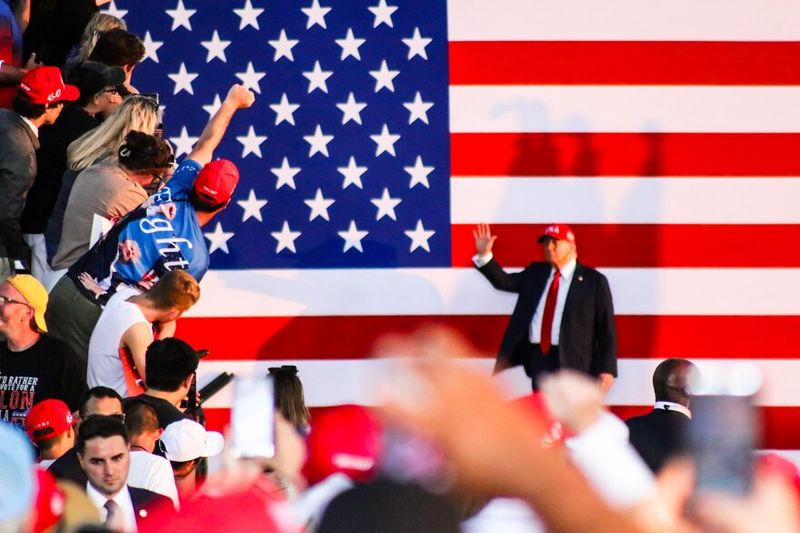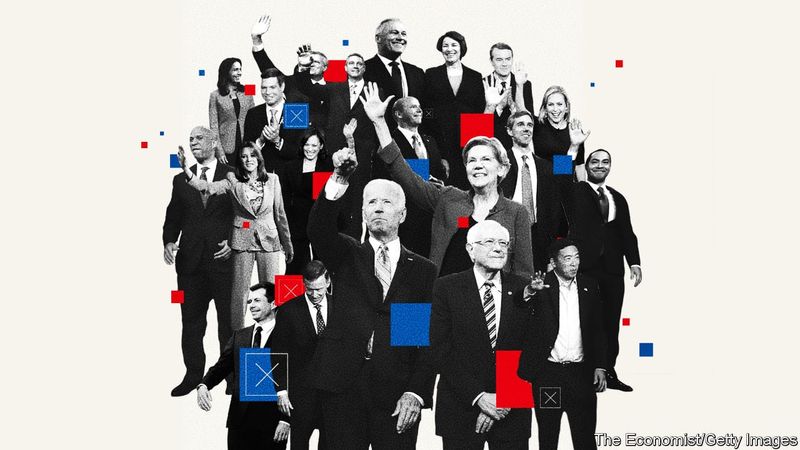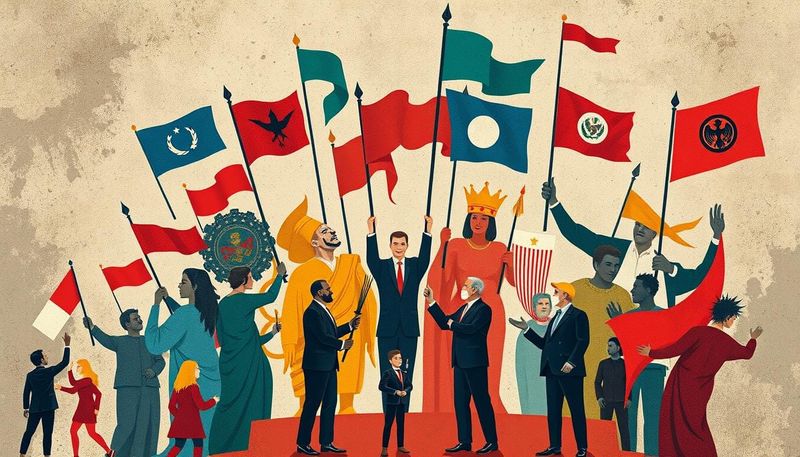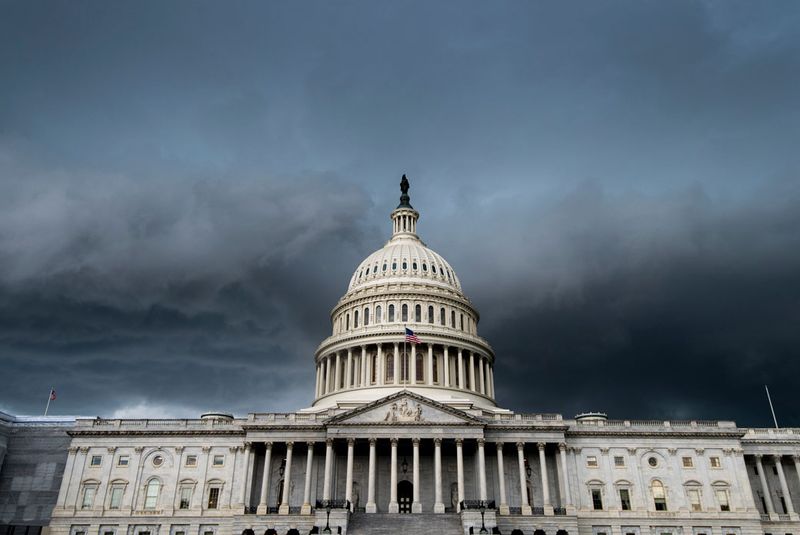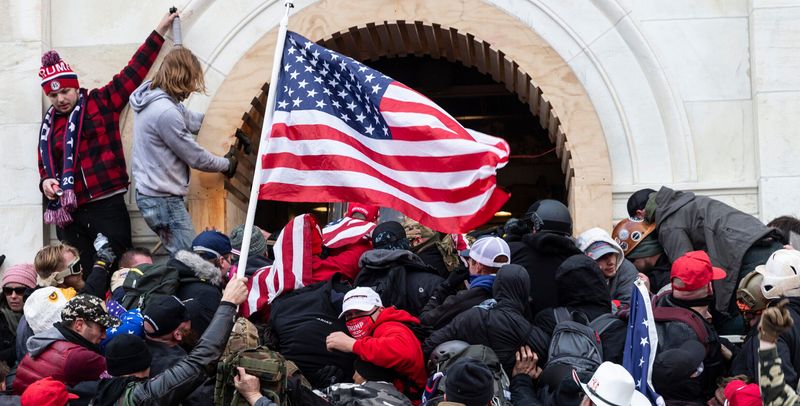Political parties feel like an unshakable part of democracy—but they weren’t always around. In fact, the Founding Fathers of the United States warned against them. So how did we end up with the red vs. blue, left vs. right system that dominates politics today? These 15 surprising reasons pull back the curtain on why political parties exist—and how it might change the way you see elections forever.
1. The Constitution Never Mentioned Them
The U.S. Constitution, a timeless document, contains no references to political parties. The Founding Fathers envisioned a political landscape where leaders prioritized public interests over party allegiances. This idealistic view was short-lived as factions quickly emerged. The absence of explicit guidelines for parties left room for the organic rise of political systems driven by human nature and ambition.
2. George Washington Warned Us About Them
George Washington, in his farewell address, forewarned about the dangers of political factions. He believed they could lead to division and corruption, posing a threat to national unity. Ironically, even during his presidency, political divisions were taking shape within his cabinet. Washington’s cautionary words remain relevant, echoing through the corridors of history as a reminder of the perilous path political parties can pave.
3. Thomas Jefferson Accidentally Helped Create the First Party
Thomas Jefferson, despite his aversion to political parties, inadvertently laid the foundation for the Democratic-Republican Party. His disputes with Alexander Hamilton over fiscal policies and government power led him to form a coalition. This marked the dawn of organized party politics in the U.S., illustrating how personal rivalries can shape political landscapes.
4. Newspapers Fanned the Flames
In the 1790s, partisan newspapers played a pivotal role in shaping public opinion and party lines. By openly endorsing or attacking political figures, these publications fueled divisions and stoked fear. This early media influence mirrors today’s digital age, showing how communication tools can both inform and polarize societies.
5. Party Loyalty Was a Way to Win Jobs
The 1800s introduced the spoils system, where political victory translated into job rewards for supporters. Party loyalty became a means to secure government positions, embedding political allegiance deeply within societal norms. This practice, while fostering corruption, also solidified the importance of parties in political processes.
6. Parties Gave Immigrants a Political Voice
In urban centers like New York, political machines such as Tammany Hall offered immigrants jobs and housing in exchange for votes. Though marred by corruption, these organizations provided marginalized communities with a political voice and influence. This complex relationship underscores both the empowerment and exploitation inherent in party politics.
7. Voting Was Once a Dangerous, Public Act
Before the adoption of secret ballots, voting was a public affair. People cast their votes aloud or used colored ballots, making political affiliations visible and sometimes putting voters at risk. This transparency pressured individuals to align with powerful political parties for protection and favor, drastically influencing voter behavior and party dynamics.
8. Parties Helped Simplify Complex Choices
With numerous candidates running for office, political parties served as a shortcut for voters seeking clarity. By aligning with specific principles, parties simplified the decision-making process. However, this convenience also fostered tribalism, as voters began identifying strongly with party ideologies, often at the expense of nuanced understanding.
9. Political Parties Became Cultural Tribes
By the 20th century, political party identity transcended policies, evolving into cultural tribes. People’s lifestyles, including their religion and regional affiliations, began reflecting their political leanings. This cultural alignment illustrates how deeply entrenched party identity became, influencing not just political choices but social interactions and personal beliefs.
10. Parties Filled the Void Between Elections
Political parties started organizing activities year-round, keeping voters engaged even outside election cycles. These events, from rallies to community gatherings, fostered loyalty and participation. The continuous interaction strengthened party bonds, ensuring a steady flow of support and maintaining political momentum between elections.
11. The Electoral College Basically Requires Parties
The Electoral College’s winner-takes-all approach inherently favors major political parties. Without large coalitions, presidential candidates struggle to secure necessary votes. This system has made political parties essential, as they’re best equipped to amass the broad support needed for electoral success, anchoring their role in national politics.
12. They Offer a Pipeline for Future Leaders
From local offices to the presidency, political parties offer a structured path for aspiring leaders. They groom candidates, provide funding, and offer mentorship. This pipeline ensures a steady influx of new talent, although it can also create barriers for outsiders, reflecting both the nurturing and gatekeeping roles that parties play.
13. Parties Unite Diverse Interest Groups
Political parties act as umbrellas for diverse interest groups, from labor unions to religious organizations. By uniting these varied voices under one banner, parties create powerful coalitions capable of influencing policy and elections. This unity, while strategic, also requires balancing competing priorities, demonstrating the intricate dynamics within party structures.
14. They Help Pass (or Block) Laws
In legislative processes, political parties play crucial roles in drafting, supporting, or opposing bills. Their organizational power helps navigate the complexities of law-making. However, this influence can also lead to gridlock, as party lines often dictate legislative outcomes, reflecting the dual nature of parties in shaping governance.
15. They’re a Product of Fear and Strategy
Political parties often emerge from fears of losing influence and strategic maneuvers to consolidate power. Historical rivalries, like those between Hamilton and Jefferson, exemplify how parties form to protect interests and counter opponents. These dynamics highlight the strategic and often contentious nature of political party development.

